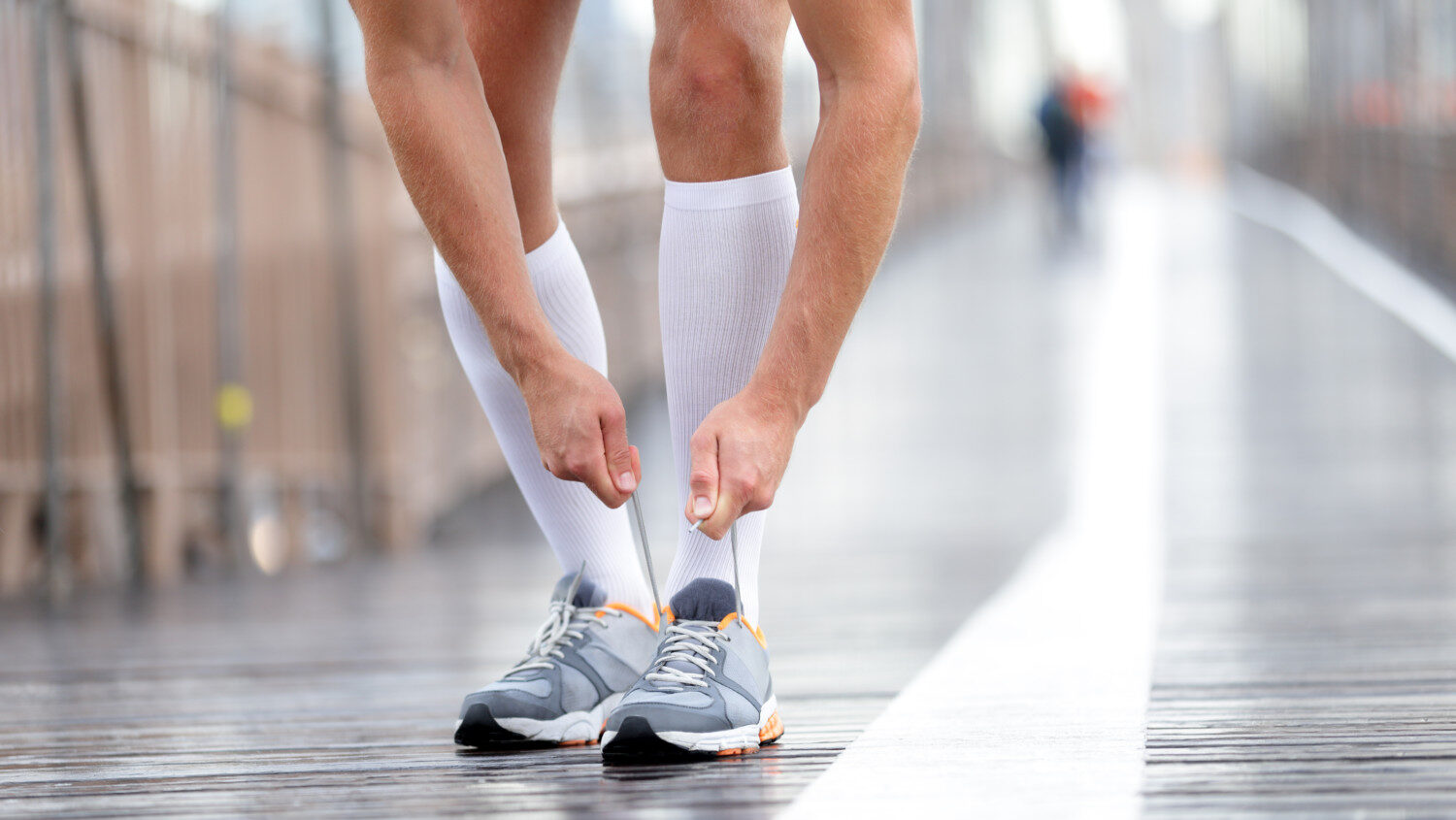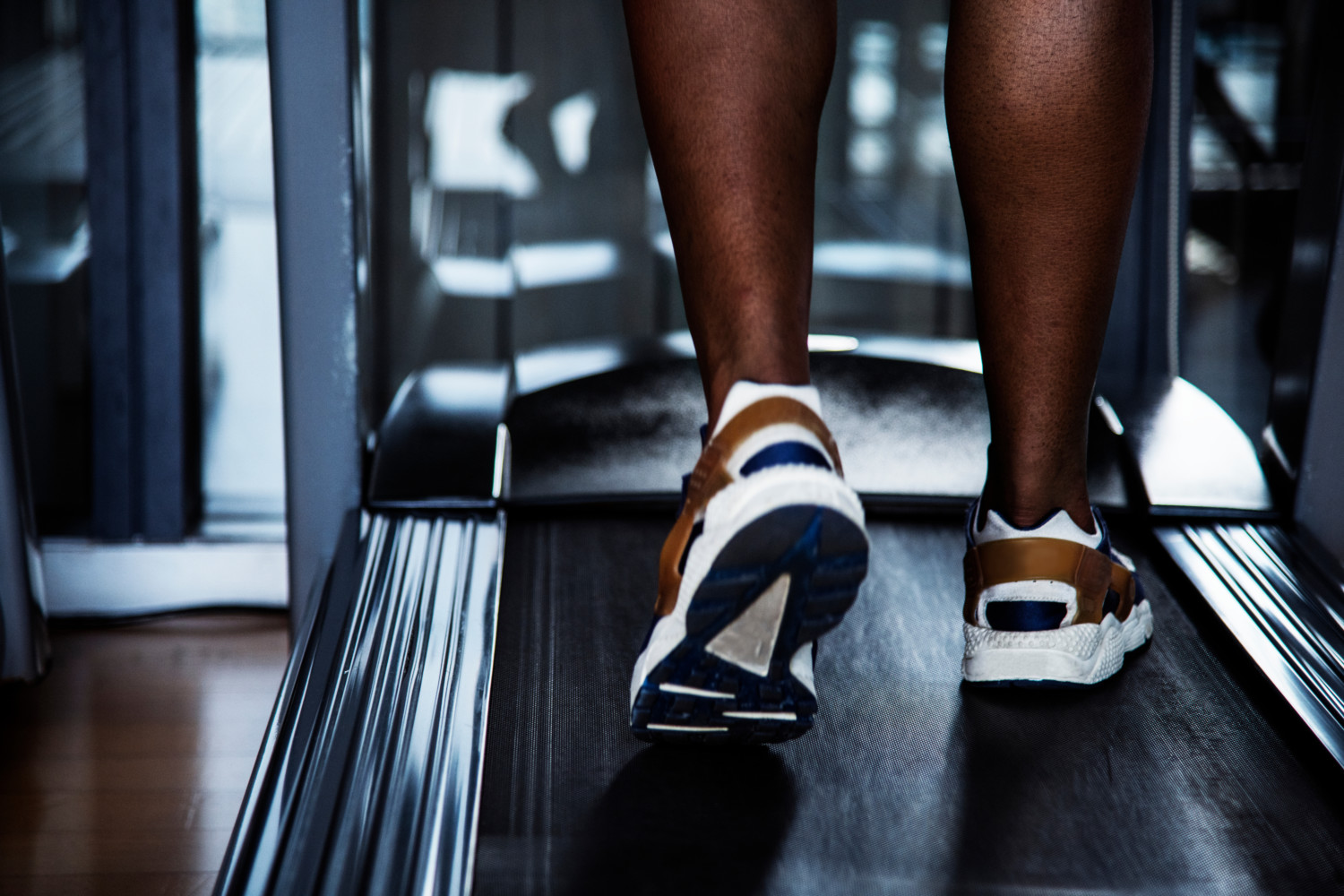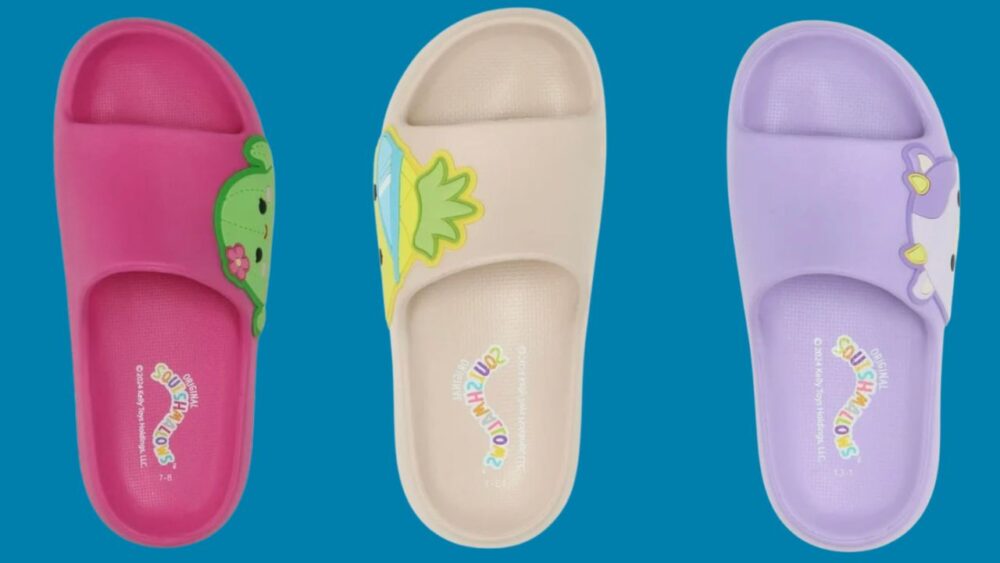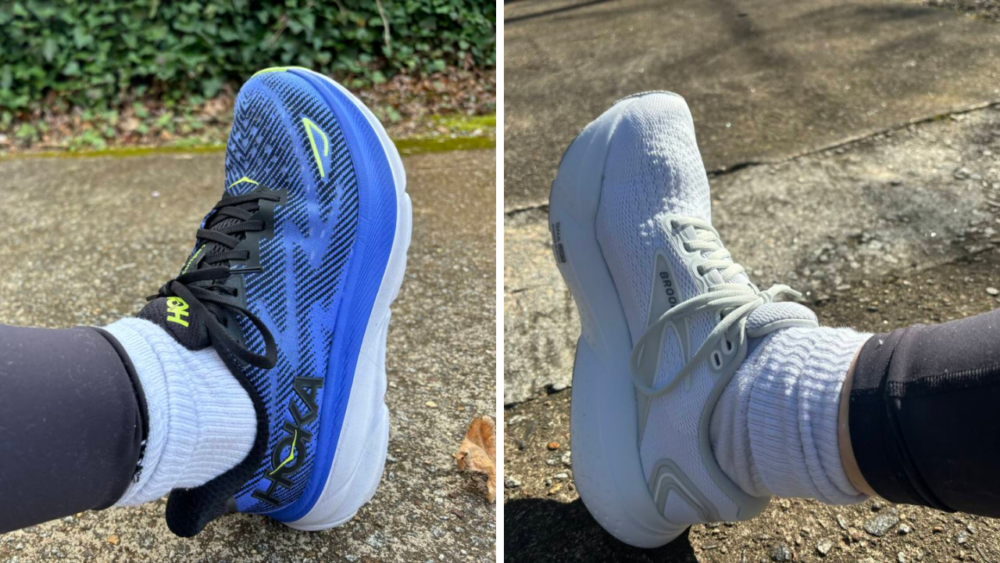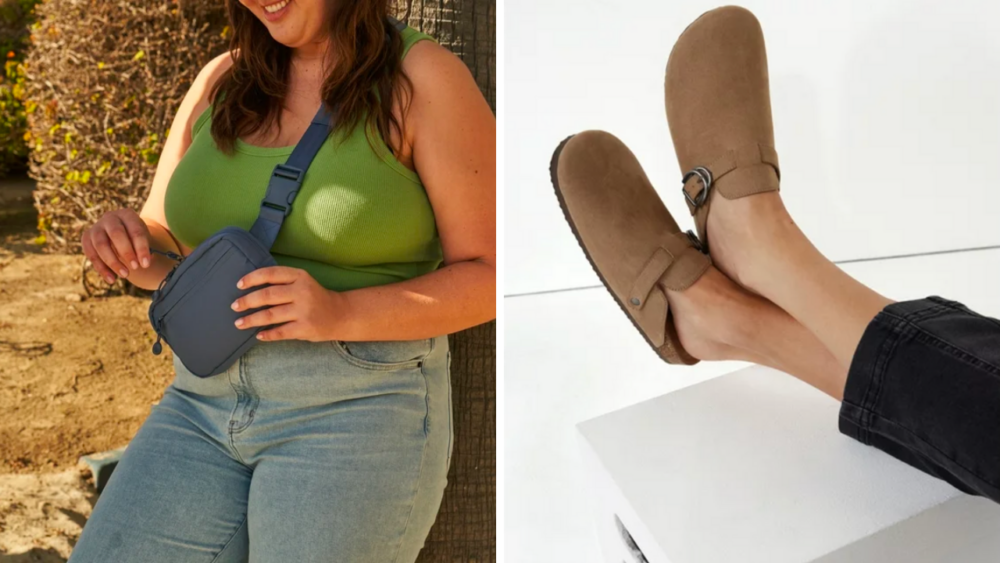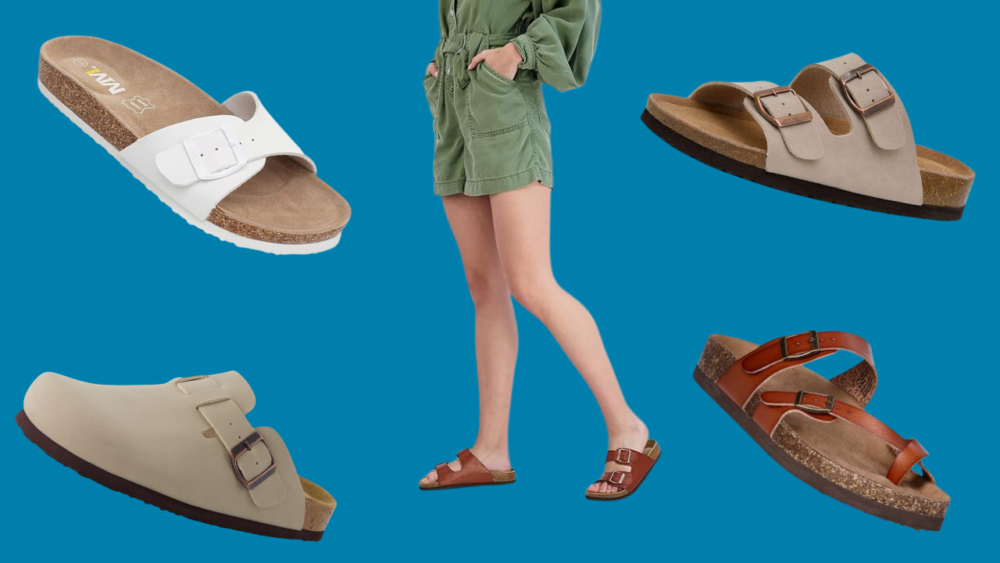What to look for in running shoes
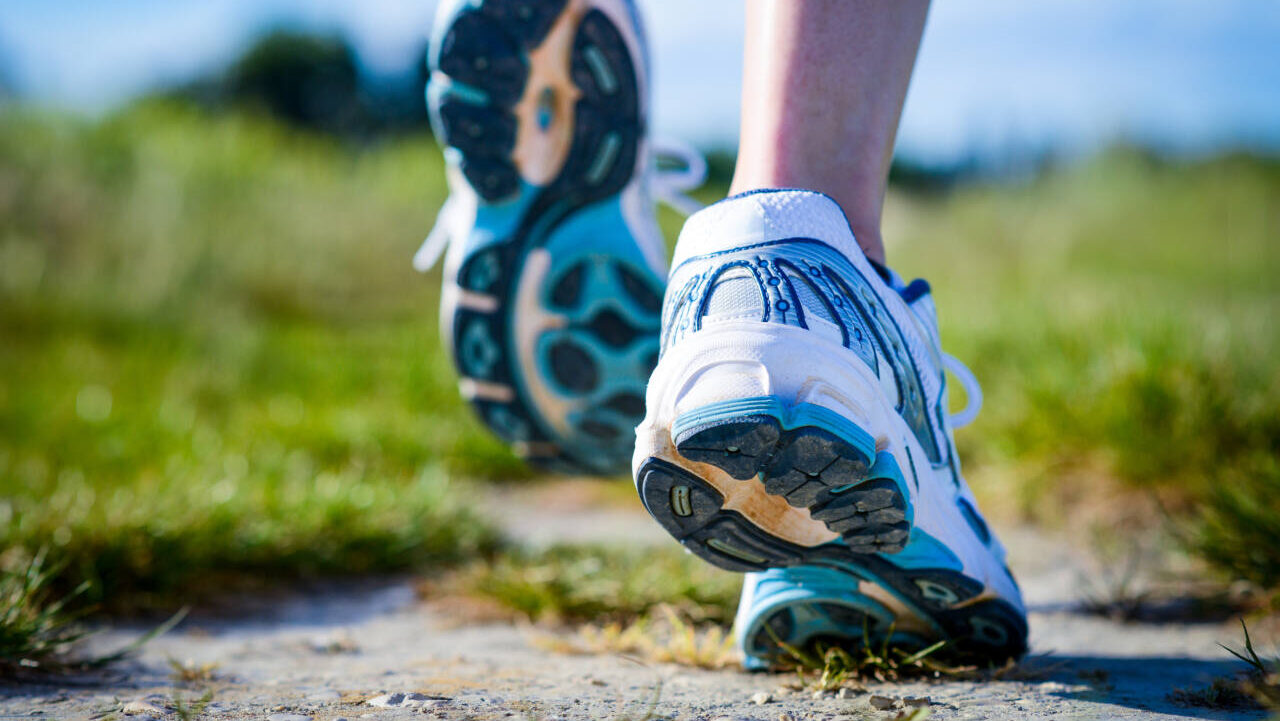
The products and services mentioned below were selected independent of sales and advertising. However, Simplemost may receive a small commission from the purchase of any products or services through an affiliate link to the retailer's website.
When it comes to working out, you can’t underestimate the importance of quality equipment. If you’re a runner, your running shoes are your equipment. They can have a big impact on performance, too. If you’re in the market for new running shoes, what should you look for?
We spoke with podiatrists about the qualities your running shoes should have and how to make them the perfect fit for your running routine and even your own foot.
Foot Type Suitability
Do you know your foot type? You should because the shape of your feet affects your stride. For some runners, more body weight is placed on the outside of the foot (called supination), and for others, more weight falls on the inside of the foot (called pronation).
Take a look at a pair of your worn-out shoes. Is there a lot more wear around the outer edge or the inner edge? Or is the wear-and-tear evenly distributed across the entire sole? Most people’s gait falls somewhere in the middle, in the neutral range. But not everyone’s.
“About 30% of the population has a tendency to roll in on their foot from the ankle, and another 10% spend more time on the outside of their foot,” says Dr. Alper.
For that reason, it’s best to determine your foot type before buying shoes. “A podiatrist can tell you what shoe you can tolerate best for the activity you’re seeking,” Dr. Alper says. Specialty running shoe stores often employ experts who can help with this, too.
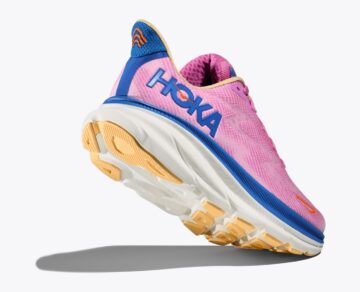
$145 at Hoka $145 at Dick’s Sporting Goods
Once you know your foot type, you can make a well-informed decision about the best type of shoe for you.
“All feet need to have some sort of arch support on the inside of the shoe,” says Dr. Dana Canuso, a board-certified podiatric surgeon in Marlton, New Jersey. “But different foot types might need a different type of support on the outside of the shoe.”
For example, the HOKA Clifton 9 shoes — which we’ve reviewed ourselves — are designed for a someone with a neutral gait. But if you’re one of the 30% of people whose feet roll inward from the ankle, HOKA has shoes with extra stability, such as their Arahi 7 shoes. These have a patented J-Frame Technology (a firm, J-shaped slab of foam on the inner side of the shoe) that prevents pronation.
MORE: Hoka vs. Brooks: Here’s what we think about each running shoe

$160 at Brooks $160 at Dick’s Sporting Goods
Dr. Canuso notes that if a running shoe company’s site doesn’t mention that a shoe is designed for extra stability, the shoe is probably meant for runners with a neutral gait.
For example, the Brooks Glycerin 21 shoes I tested in our previous review are designed for a neutral gate, but Brooks also makes an extra-stable version of this shoe for pronators, called the Glycerin 21 GTS. With a firm foam roll bar that sits on the midsole, it guides the foot away from rolling in. Brooks also has other shoe models to combat pronation, such as their Ariel GST 23 shoes.
Terrain Compatibility
Next, consider the ground you’ll be pounding.
If you know you’ll be running on hiking trails or other rugged terrain, look for shoes with deep lugs that help you gain traction. You also need to protect your ankles.
“You want to look for a shoe that’s a little stronger around the back of the foot to hold your ankle in place,” says Dr. Canuso.
And if you’re going to be running on hard pavement? Choose a shoe with enough cushion to provide some good shock absorption.
“Every time a human being puts their foot down, two to three times their body weight goes through their foot,” says Dr. Alper. “So, if you’re weigh 150 pounds, that’s 500 pounds of pressure is going through your foot with every step. If you don’t bounce when you do that, that force is just going right up into your leg.”
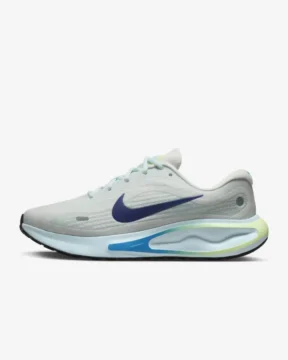
Durability
“You should replace your running shoes about every 500 miles,” says Dr. Alper. So if you run 20 miles a week, you should buy new shoes every six months or so. That’s because wear and tear causes a decline in the shoe’s shock absorption — and that can lead to injuries.
You certainly want your running shoes to make it to 500 miles, and most popular brands on the market now will endure that long. Just keep in mind that the rate of a shoe’s deterioration really varies depending on factors like your body weight and the terrain you’re pounding.


